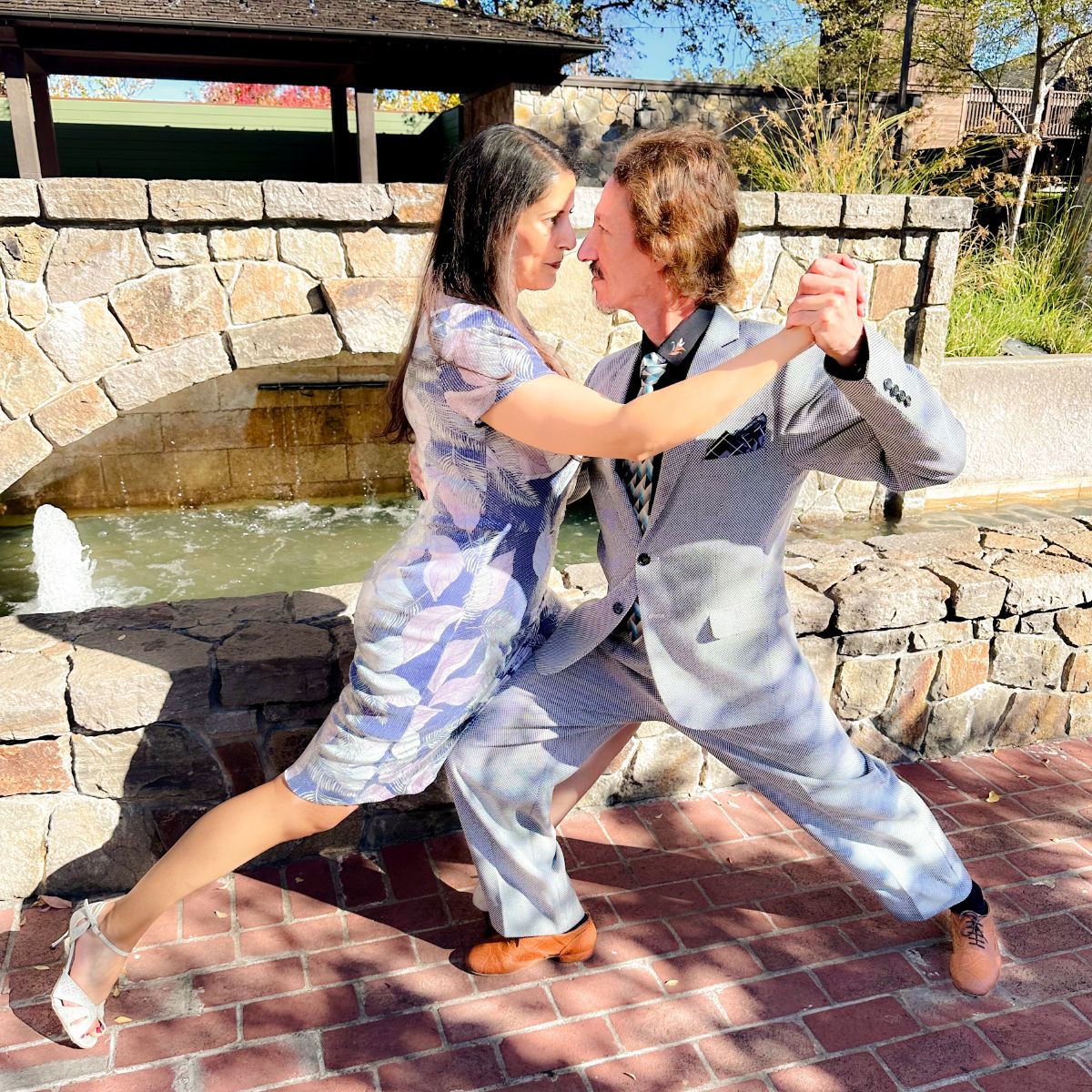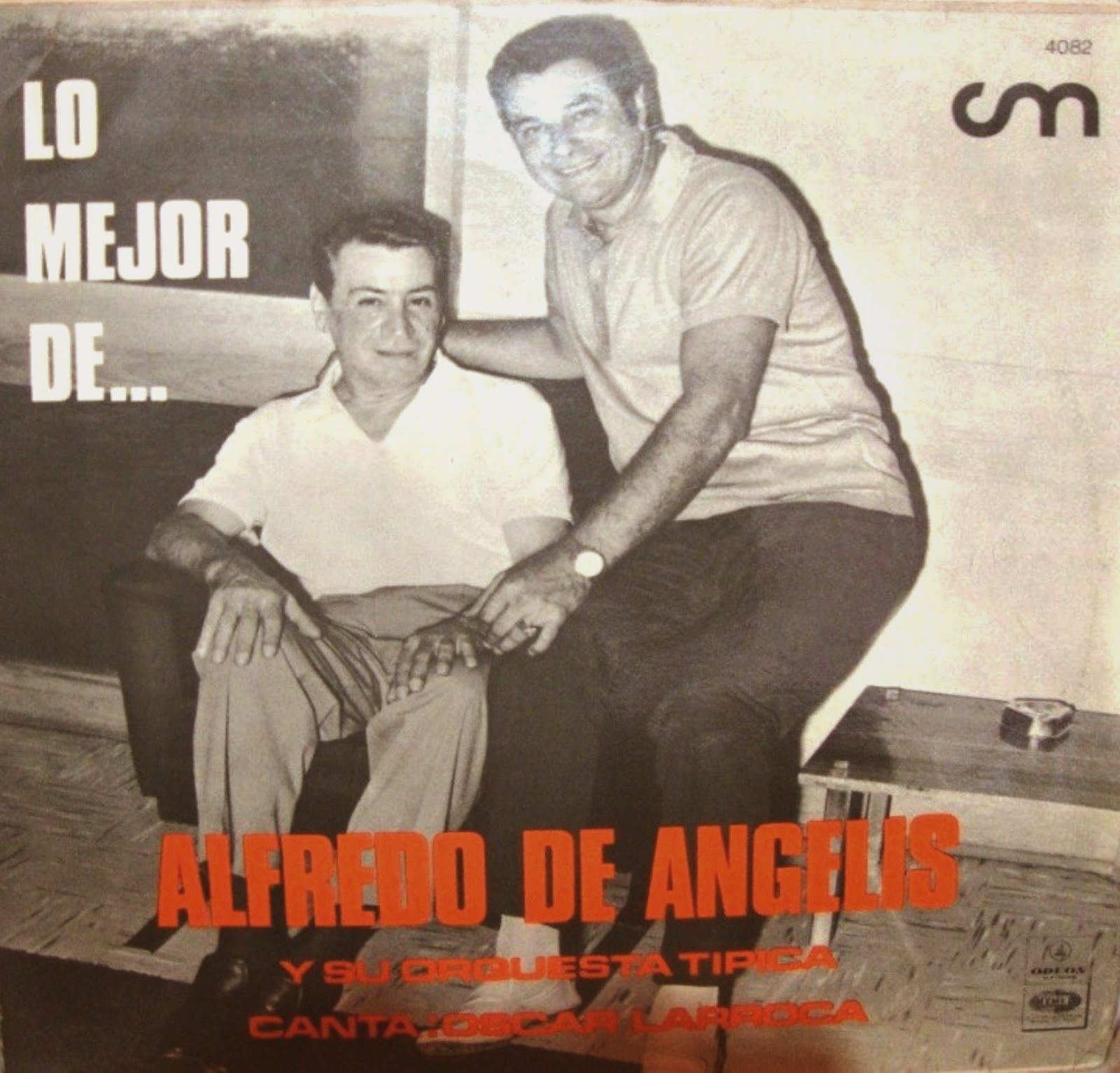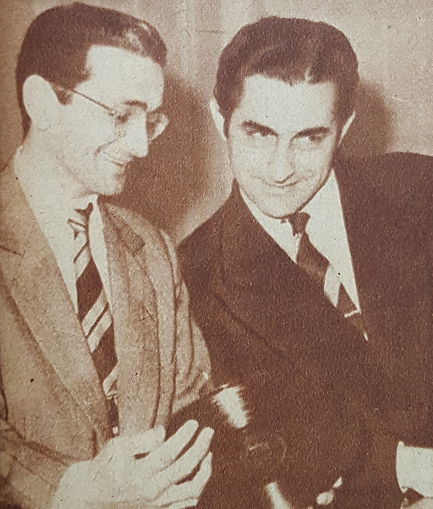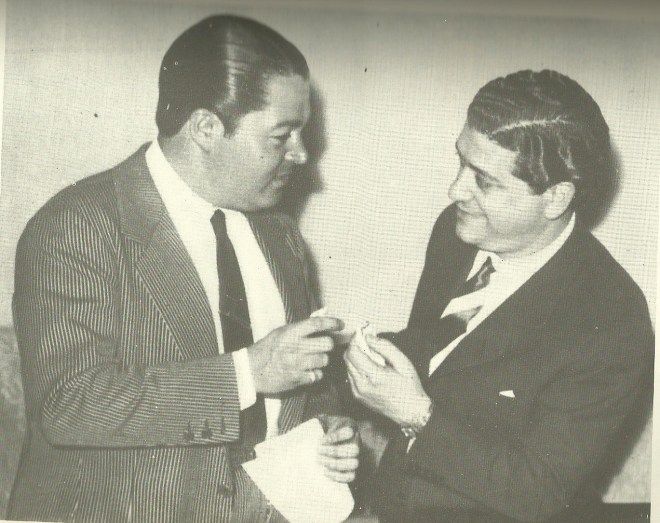Exploring the Essence of Milonga
Exploring the Essence of Milonga

In contemporary language, the term “milonga” unfolds into two distinct dimensions:
- A specific rhythm and musical genre.
- A vibrant Tango dance gathering.
The roots of this intriguing word delve into the West African Bantu language, where “malonga” translates to “word.” “Milonga” emerges as the plural of “malonga,” signifying a collection of words.
Historical insights propose that the African community in Rio de La Plata initially employed this term in reference to the “payada,” a musical competition featuring two participants engaging in guitar play and improvised verse exchanges. The rhythm of these expressions eventually evolved into what we now recognize as the milonga rhythm.
As Tango dance emerged onto the scene, it began as a versatile partner dance adaptable to various rhythmic styles.
While the Waltz held sway during its inception, the milonga rhythm seamlessly integrated into Tango’s dance technique, proving an ideal match. Over time, “milonga” not only encapsulated the rhythm but also became synonymous with the gathering and venue where this distinctive dance form flourished. The word “Tango” was initially a synonym of “milonga”, and they later became the name of two differentiated rhythms. Tango dance parties and the location where it is danced kept the name “milonga”, as well as its crowd of participants, “milongueros”.
For over 130 years, milongas, meaning Tango dance parties, have thrived. Throughout this enduring legacy, milongas have crafted a unique set of codes, fostering efficiency and creating an environment conducive to the emergence of exceptional dancers. This cultural phenomenon remains a cherished gem, weaving its narrative through time.
More articles about Argentine Tango
Continue learning Argentine Tango:









